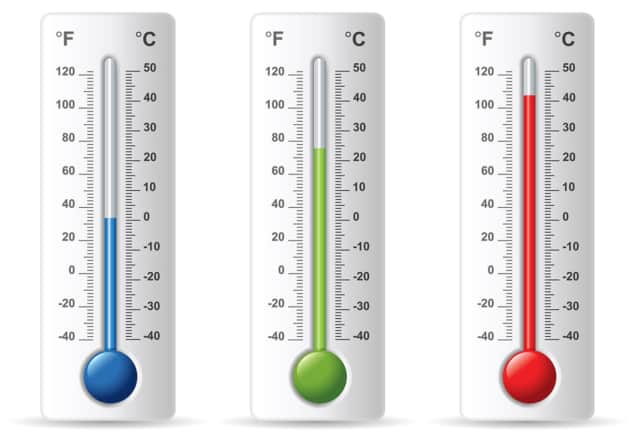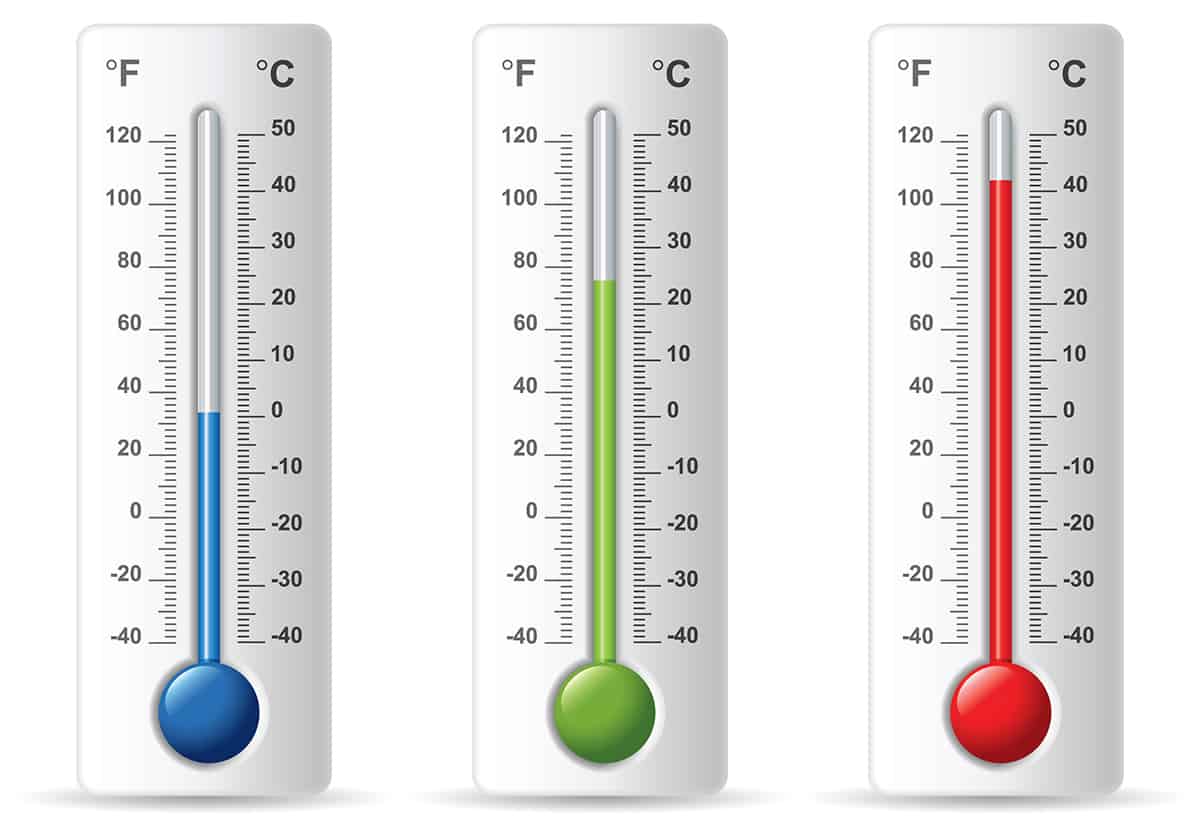
Physicists in the Czech Republic have shown that heat flows more efficiently through a fluid when the fluid’s temperature gradient oscillates over time. The discovery by Ladislav Skrbek at Charles University and colleagues could help climate scientists to better understand the flow of heat through Earth’s atmosphere, and may also lead to better designs of heat exchangers.
From tidal ocean currents to the pumping of blood through our veins, many processes in nature are affected by turbulent flows that are driven by periodically oscillating forces. However, these flows have not been studied to the same extent as those driven by continuous forces. Now, Skrbek’s team has examined a simple example of an oscillating flow by doing an experiment first developed by the British physicist Lord Rayleigh in 1916.
In his experiment, Rayleigh set up a closed, fluid-filled cell; and then established a temperature gradient across the fluid by heating a plate at the bottom of the cell, while cooling another plate at the top. Over time, he observed that the fluid rises and falls in alternating columns: a pattern now known as Rayleigh-Bénard convection (RBC).
Efficiency booster
In a theoretical analysis carried out in 2020, physicists led by Detlef Lohse of the University of Twente in the Netherlands examined a more complex version of this setup, where the fluid’s temperature gradient is made to oscillate periodically. Surprisingly, their simulations predicted that this oscillation would increase the efficiency of heat transfer between the plates – due to changes in RBC flow patterns.
In their study, Skrbek’s team tested this prediction by doing an experiment involving a cylindrical cell of helium gas, which they cooled to just 6 K. To establish an oscillating temperature gradient, they periodically varied the temperature of the cell’s bottom plate over time. They examined different oscillation frequencies in the range 0.006–0.2 Hz. By constructing the plates out of copper, which is particularly responsive to temperature changes, they could also induce oscillation amplitudes as high as 0.4 K.
By placing temperature sensors throughout the cell, the researchers examined the RBC convection patterns that developed inside. Just as the 2020 study predicted, they found that oscillating the temperature of the bottom plate boosted the heat transfer efficiency by as much as 20%. This enhancement occurred because thermal waves were able to propagate through the helium gas with virtually no attenuation.
Climate models
The discovery could have widespread implications for our understanding of heat transfer in many natural systems. Among the most important is the heat exchanged between Earth’s surface – which oscillates in temperature throughout the day – and outer space, where temperatures sit at just 2.7 K.

Liquid metal experiment sheds light on solar corona conundrum
Accounting for this oscillating temperature gradient could help researchers to better understand how heat flows through the atmosphere – enhancing the accuracy of existing climate models, and potentially even improving our understanding of other planetary atmospheres. Elsewhere, the results could inform designs for more efficient heat exchangers, which are vital components of heating and cooling systems in many engineering applications.
The research is described in Physical Review Letters.
